How might we...
... help young people understand and shape how their behavioural data influences the recommendations they get?
Inferred profiles and preferences, and how they influence people’s feeds and recommendations on digital services, can be tricky mechanisms for anyone to grasp. Young people can be highly tech savvy users that enjoy hands-on interactions. By allowing teens to manipulate their behavioral information and how it affects their experiences, services can raise their awareness, knowledge and level of control around data use.
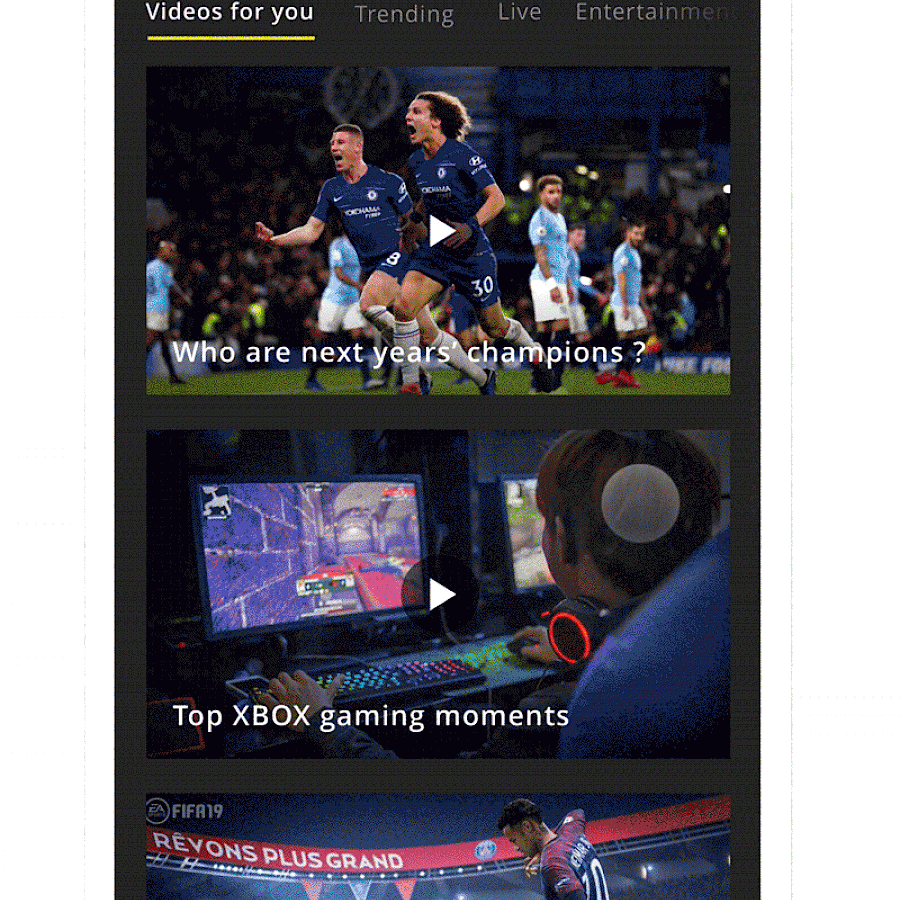
Vidi is a free service for videos that automatically creates curated feeds based on trending and popular content. Vidi uses an algorithm to determine the age of users trying to access its service, categorize them and give them content they will be interested in.
In order to provide the service, Vidi is powered by some of the following data:
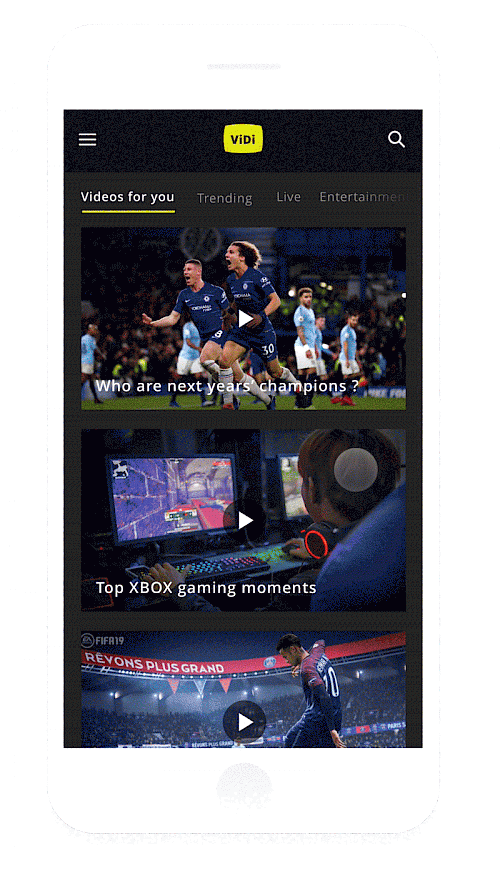
In order to provide young people with content that is appropriate and interesting to them, Vidi needs to map their interests. Preferences usually require access to behavioural data to be determined. In addition to pre-determined preferences, Vidi wants to allow teens to be able to customize their experiences, making it continually relevant.
How might we...
... help young people understand and shape how their behavioural data influences the recommendations they get?
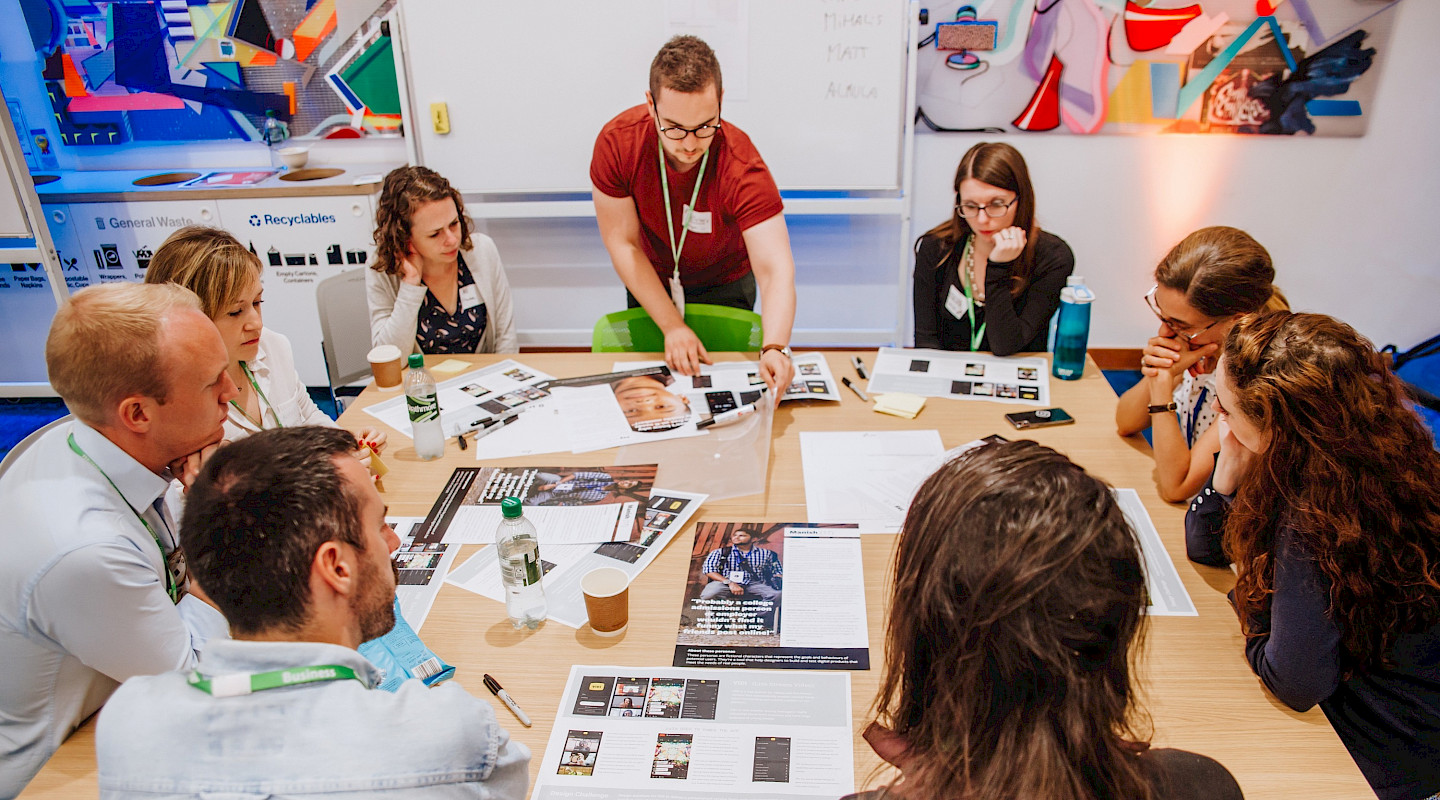
In order to make data concepts more approachable to teens, Vidi curates them into influential topics to let young people understand what kind of data the service tracks when they use the app:
For instance, Vidi might say to someone that they previously spent 10 hours watching football; or if this a habit, it might say that they spend 10 hours every week watching football.
Vidi then surfaces this classification into an accessible format by using human language, a friendly tone of voice and visual icons to explain how information is used to tailor people’s experience. It allows people to change their preferences, including the ability to turn on or off the informations used.
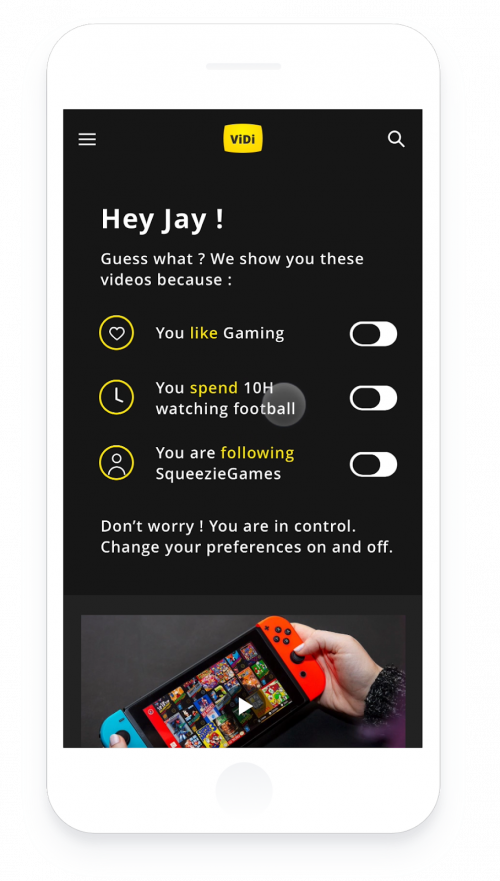
When turning on or off Vidi’s access to data, teens can instantly observe how this affects their feed. Assessing the trade-offs is easy as people can undo their actions if unsatisfied with how it impacts their feed. This granular control mechanism not only allows teens to enjoy more relevant experiences but also gives them an intuitive understanding of data transactions and the value proposition behind the service.
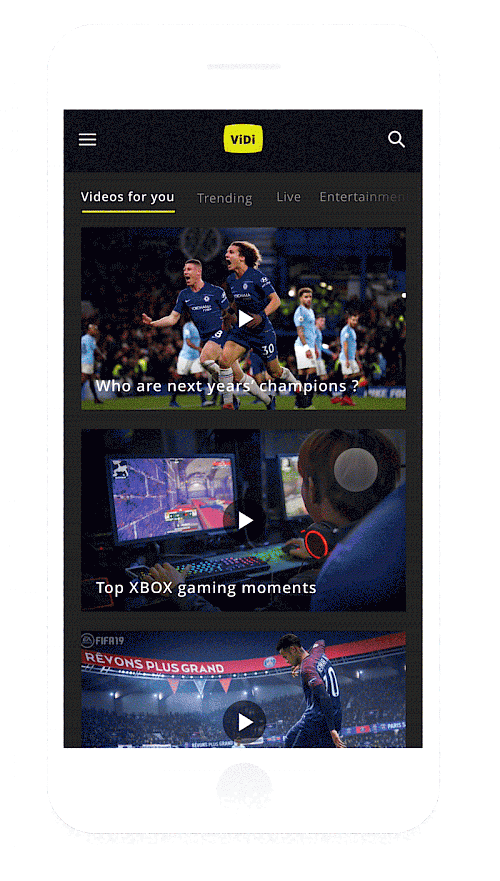
How might we build on Vidi’s ideas to...
Build features that proactively offer an ability to review data inputs by removing as well as adding and suggesting areas of interest, as young people change day-by-day?
